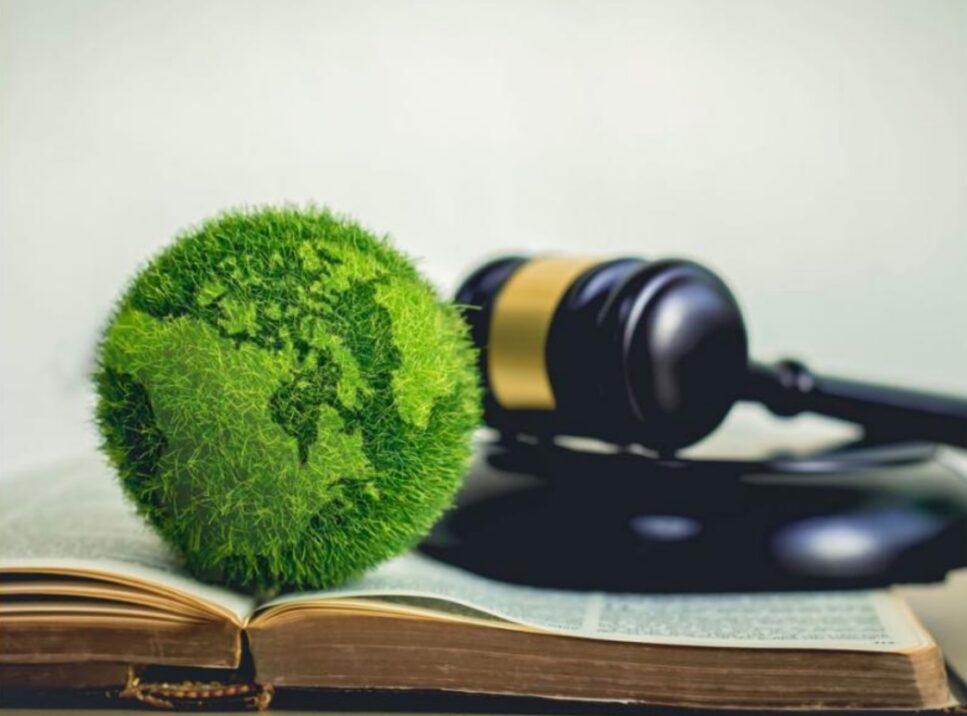By Taylor D. Robinson, Ph.D., John R. Lewis Social Justice Fellow, National Racial Equity Initiative for Social Justice
On July 8, 2024, Hurricane Beryl, a Category 1 storm, made landfall near Houston, Texas, knocking down powerlines and leaving 1.3 million people without electricity and air conditioning. Soon after, the fifth-most-populous metropolitan area experienced an intense heat wave, with heat indexes exceeding 100 degrees Fahrenheit. This led to hundreds of thousands of residents without power for almost 2 weeks. Houston area hospitals saw a spike in cases of heat-related illnesses, as the extreme heat worsened existing chronic medical conditions. Hurricane Beryl has been linked to at least nine deaths, including some heat-related, among individuals aged 50 to 78. Rising temperatures, combined with an aging population and growing urbanization, will continue to heighten heat vulnerabilities in the United States.
As the summer heat ravages the country, it is crucial to draw attention to the ongoing climate crisis. In Houston, the sprawling landscape creates increased health challenges, such as heat strokes, and worsens chronic conditions, including lung and kidney disease. The urban heat index is not localized to small areas, thereby intensifying heat exposure. The climate crisis has created urban heat islands (UHIs) that disproportionately impact marginalized communities. UHIs are areas within cities that are significantly hotter than nearby rural areas. They form when cities have buildings, roads, and other infrastructure that absorb and retain heat, limited green spaces, and additional heat generated by human activities, like driving and running air conditioning units. As cities grow and climate change intensifies, these hot spots become more perceptible, worsening social and racial inequalities. As we argue in our recent policy brief, Burning Issues: Heat Islands, Environmental Victimization, & Economic Disparities in Black Community, we must acknowledge the intersectional impact of UHIs on the Black community and advocate for climate reform that prioritizes environmental justice.
Fifteen percent of the U.S. population—nearly 34 million people—live in places where UHIs can raise temperatures by eight degrees Fahrenheit. In Newark, New Jersey, for example, roughly 97 percent of residents live in UHI neighborhoods. In other major cities, like Houston, Texas, and New Orleans, Louisiana, nearly 80 percent of residents live in UHI neighborhoods. Yet the impact of UHIs is not uniform across all urban populations. Marginalized communities, particularly Black communities, bear a disproportionate share of the environmental burden. For instance, the Black population of Newark is 45 percent, Houston 22 percent, and New Orleans 56 percent. Historically discriminatory practices like redlining and zoning have concentrated these communities in neighborhoods with less green space and higher exposure to environmental hazards. As a result, these areas experience more intense UHIs, exacerbating health disparities and economic challenges. Black citizens exposure to UHIs underscores the urgent need for policies and interventions to mitigate their harmful impact on vulnerable communities nationwide.
Climate scientists have warned that the planet is getting warmer because of human activity, which causes extreme heat in cities. Urban planners often remove grass, trees, and natural green lands, replacing them with concrete sidewalks, pavement, and buildings. Most sidewalks and pavements are made of traditional asphalt, which absorbs and traps heat, thereby increasing temperatures. The removal of vegetation and the use of concrete and other materials that absorb the sun’s heat directly contribute to the intensity of UHIs.
To reduce the environmental effects of UHIs, state and local governments should add more green spaces to urban areas. Increasing urban greenery helps moderate temperatures and provides numerous health benefits. More green spaces allow citizens to do physical activities, such as walking, running, and biking. Spending time in nature also improves mental health outcomes by relieving stress and anxiety. Additionally, applying reflective paint on roads and buildings can significantly reduce heat absorption, helping to cool down urban environments. Another essential strategy is the increased use of cooling centers. These centers provide safe, air-conditioned spaces for vulnerable populations during extreme heat events. Ensuring that communities, especially those most at risk, have access to cooling centers can prevent heat-related illnesses and save lives.
On May 31, 2024, the Biden-Harris Administration introduced a new tool to assist communities affected by extreme heat. The Heat and Health Index (HHI) is the first nationwide resource that provides heat-health outcome information at the zip code level. Citizens can enter their zip code and receive information, such as the current heat risk, a six-day forecast, and a social vulnerability index. This tool is critical for residents to better protect themselves from intense heat events. As climate change causes hotter summers, residents are at an increased risk of heat-related health issues, severe illness, or death. The Centers for Disease Control and Prevention reports that at least 1,220 people die from heat events in the United States each year. The HHI will allow public health officials, city planners, and policymakers to identify and prioritize the most at-risk neighborhoods and help those communities better prepare for heat events.
Addressing UHIs’ disproportionate impact on Black communities requires comprehensive climate reform that prioritizes environmental justice. Policies focused on increasing urban greenery, improving the reflectivity of urban surfaces, and enhancing the energy efficiency of buildings are imperative. Additionally, there should be a concerted effort by local governments, state governments, and Congress to rectify historic environmental injustices by investing in marginalized communities to improve infrastructure, health services, and economic opportunities. Recognizing and addressing the intersectional dynamics of this issue is essential for creating equitable climate policies. By prioritizing environmental justice, investing in green infrastructure, and empowering affected communities, we can mitigate the impacts of UHIs and move towards a more just and sustainable future.
Click here to read Dr. Taylor D. Robinson and Samantha Wilkerson’s policy brief, “Burning Issues: Heat Islands, Environmental Victimization, & Economic Disparities in Black Community.”
